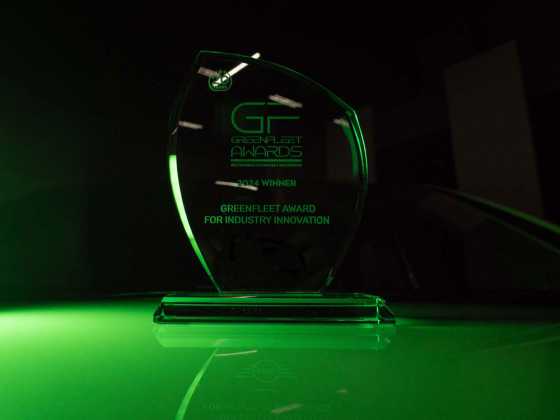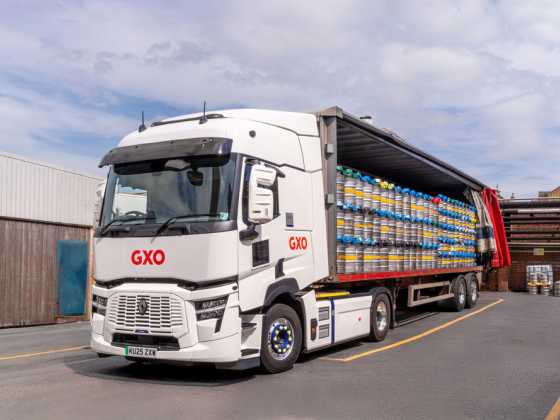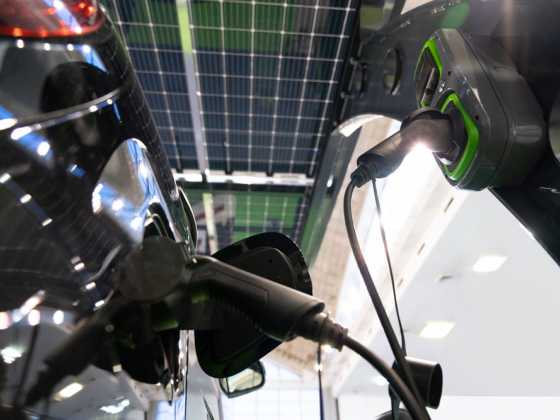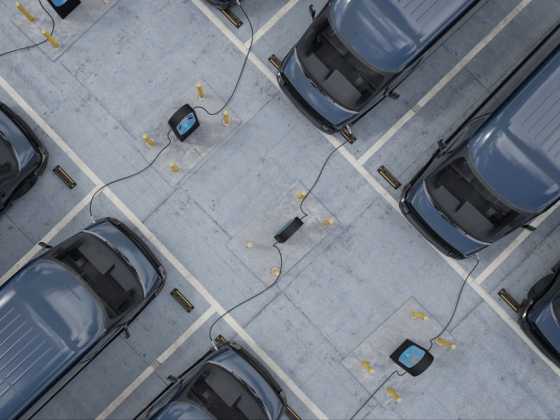An energy eco-system for fleet charging needs
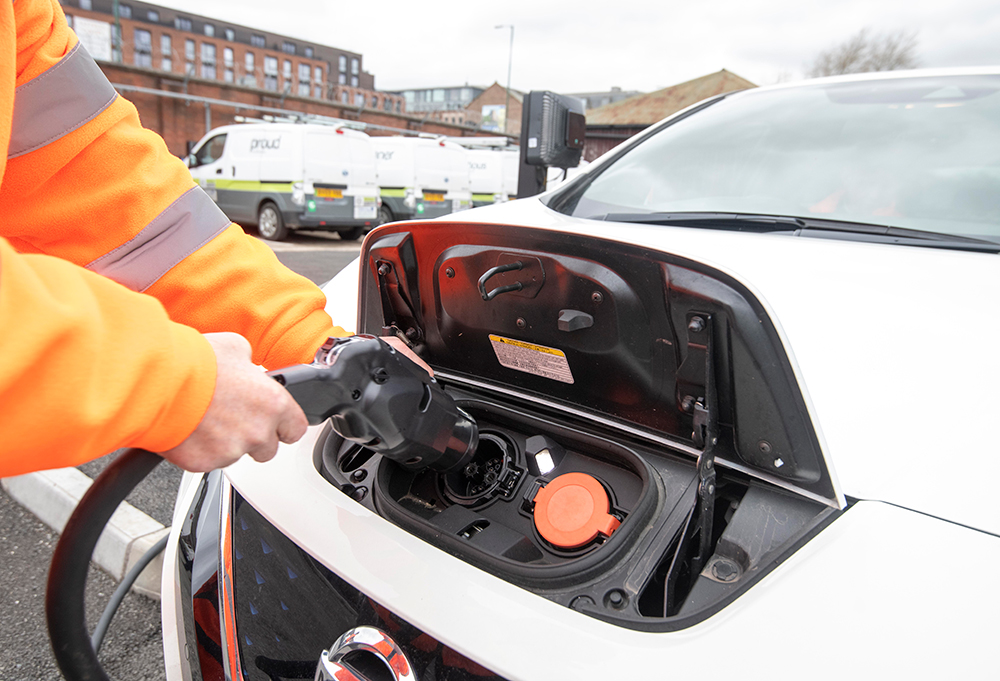
A project from Nottingham City Council and its partners demonstrates how bi-directional EV charging, solar and battery energy storage can intelligently manage the energy demands caused by vehicle electrification. GreenFleet finds out more from Angie Lillistone, head of carbon reduction projects and policy at Nottingham City Council
Nottingham City Council has installed bi-directional EV charging, solar and battery energy storage at its fleet depot, which is home to its 243-strong fleet. The innovative approach combines a range of technologies to overcome energy challenges, and could become a blueprint for how sites facing energy challenges can still transition to electric vehicles.
Angie Lillistone, head of carbon reduction projects and policy at Nottingham City Council, tells us more.
Please give an overview of the energy ecosystem EV charging project you have completed?
Nottingham City Council is part of the Interreg North-West Europe funded CleanMobilEnergy pilot project. The project aimed to explore ways to reduce costs and CO2 emissions due to inefficiencies caused by the switch from traditional internal combustion engines (ICE) to electric vehicles (EV).
At our Eastcroft Depot, we created a new energy ecosystem that integrates renewable energy sources, battery storage, bi-directional vehicle charging units with 40 vehicle-to-grid (V2G) electric vehicles, and an intelligent Energy Management System (called REMove).
Renewable energy will be generated by the 138kWp solar array that has been installed at the depot. The projects will allow the City Council to capitalise on this locally generated energy through a variety of means.
Two giant batteries have also been installed at the depot which have a combined capacity of 720kWh. These batteries are made from 24 recycled EV batteries which have enough life to store power but are no longer sufficient for car journeys.
The V2G vehicles will be charged by energy generated from the solar panels, stored in the stationary batteries, or from the grid at times of low demand when costs are cheaper. When the vehicles return to the depot, they will be able to discharge unused energy back to the grid at peak times.
The depot will effectively be able to isolate itself from the grid during peak periods, therefore avoiding the higher peak tariffs. This whole process will be managed by REMove, which will allow us to better balance energy demand with supply, reducing costs and carbon emissions.
Why was it decided to approach EV charging in this way and what challenges does it address?
Nottingham has an ambitious target to become the first carbon neutral city in the UK by 2028. Transport and Energy Generation are two of the nine themes in our Carbon Neutral Action Plan. Included in our action plan is an objective to ensure that high quality infrastructure is in place to enable the transition to low emission transport.
Nottingham City Council has a growing fleet of electric vehicles. More than 50 per cent of the fleet is now EV, including 20 electric refuse collection vehicles. While cities are increasingly installing renewable energy sources, there are challenges caused by a mismatch in energy production and consumption peaks.
The CleanMobilEnergy project has allowed the City Council to explore how we can better use local renewable energy to support the transition to electric vehicles. At the same time, we will also be able to better balance energy demand by using the electric vehicles themselves to power buildings on the depot.
It’s an innovative project involving many different organisations – what were the challenges whilst setting up the project?
The innovative nature of the project meant that in-depth technical knowledge was required to ensure the project ran smoothly. Extensive product research was also required to ensure that tender documents used for procurement had the appropriate technical specifications.
To facilitate the installation of the V2G infrastructure, we were required to install a new site incoming power supply on the high voltage network and upgrade the on-site low voltage network. This was a significant piece of work which had not been anticipated at the outset of the project. The power supply to the depot was a limiting factor in transitioning the fleet to electric vehicles, so was vital to be completed, but finances had to be reallocated to complete this upgrade.
For the battery storage system, the City Council wanted to find a UK supplier with an emphasis on ongoing maintenance and warranty. We also wanted to use a less-carbon intensive product, which is why we selected an option that used second-life batteries.
Are you realising any cost and CO2 savings yet - or what are these predicted to be?
Any cost savings are difficult to quantify, as the baseline position quantified at the start of the project has changed significantly – there were no EVs in the fleet nor on-site PV generation at that time. However, savings are likely to be significant, as the system becomes operational and is continually optimised to provide the maximum savings, in ways which were not previously possible.
What advice would you give to other public sector organisations looking to set up a similar EV charging eco-system?
Ensure your initial studies are comprehensive and reflect your needs as well as your aspirations. Survey your current fleet requirements in terms of measured operating times and distances. Then look at this, in terms of charging requirements, as if all vehicles were electric. Do you need rapid charging facilities? Can you charge using off-peak electricity?
Be aware of your current on-site electricity supply restrictions and consumption patterns – would a future power upgrade be required (even if just for export for installed generation)? Or, could site consumption be managed, using RE generation, V2G and a BESS, saving the finances required for an upgrade?



